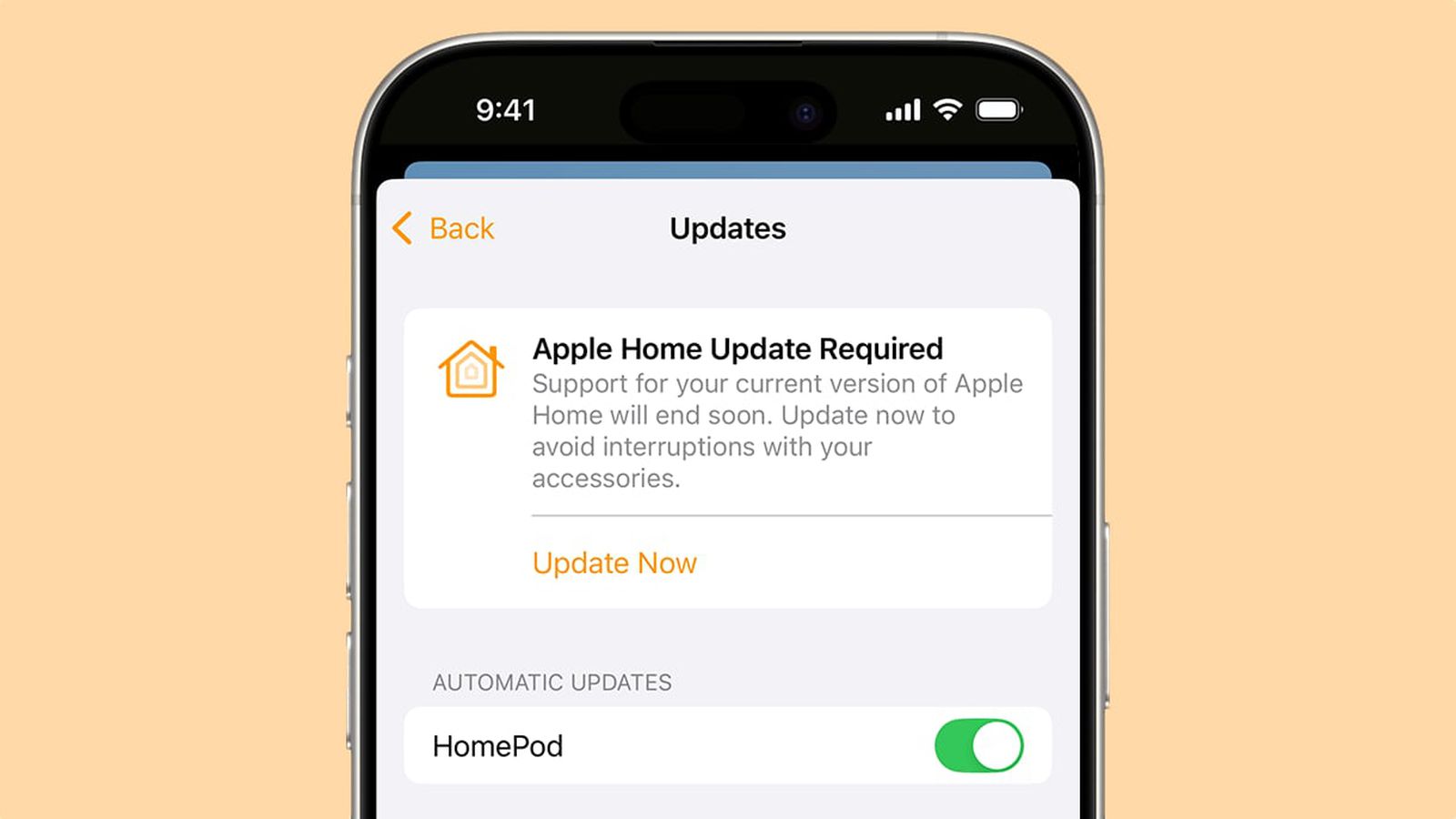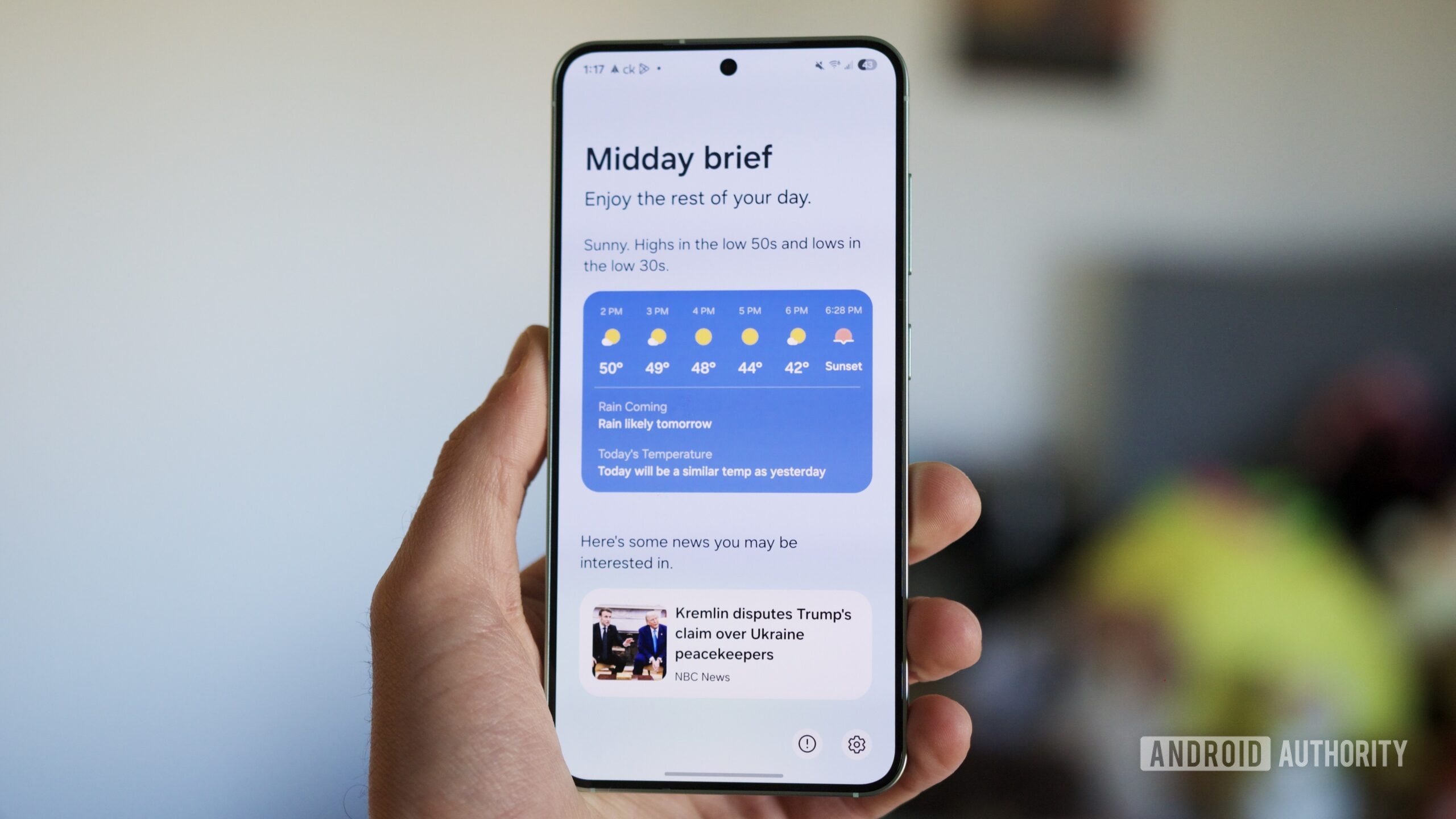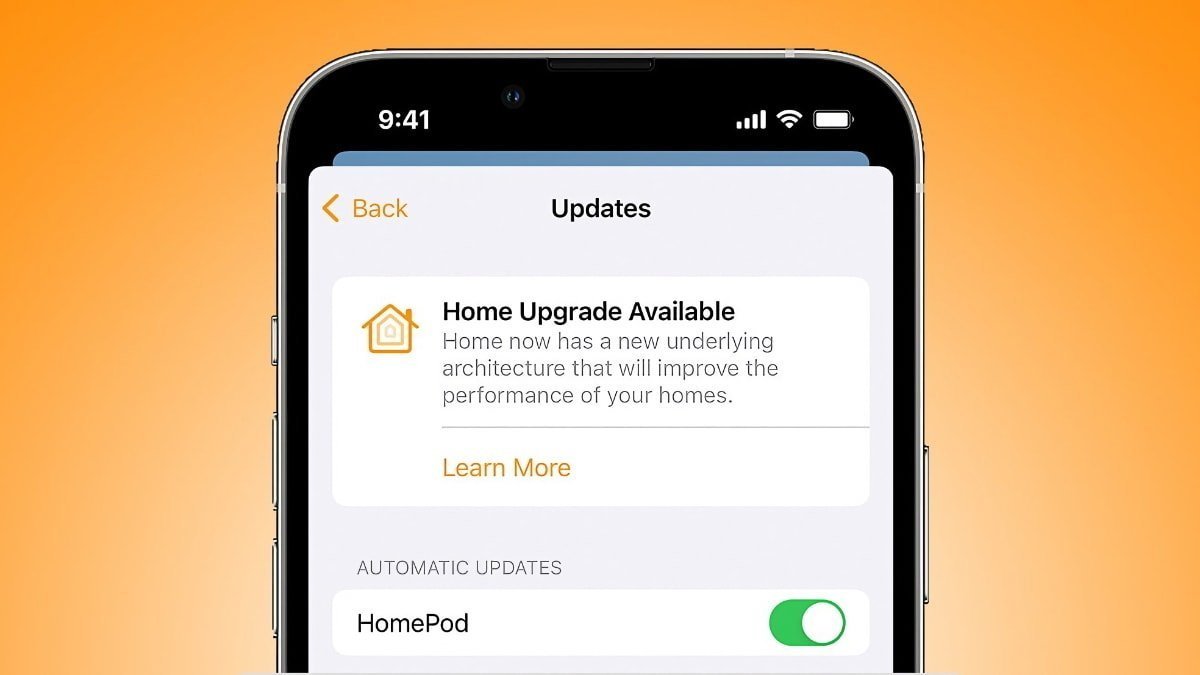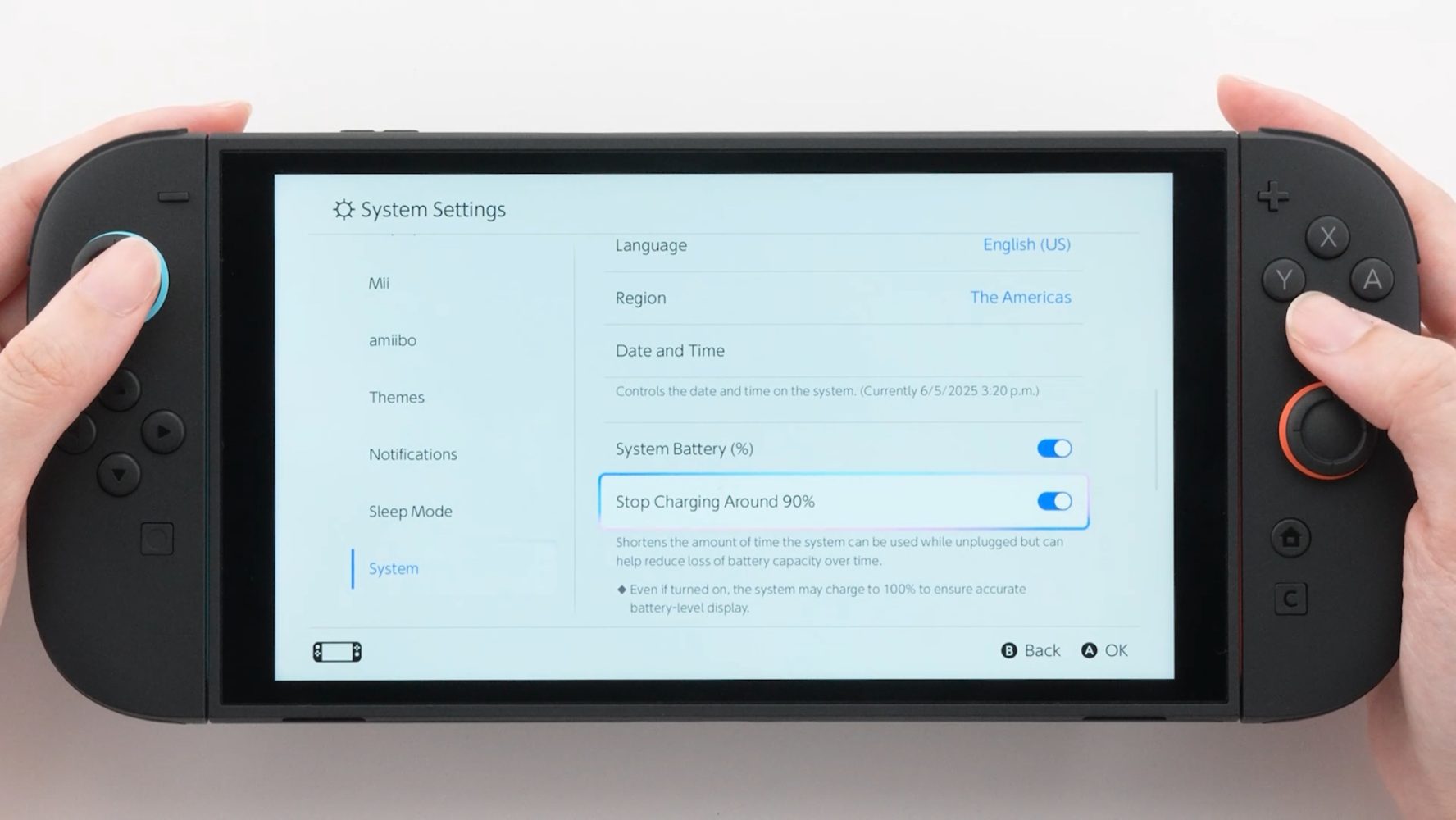From Side Project to Invoicing Solution: A Developer's Practical API Journey
Not every project in coding starts with a grand vision. Sometimes, the most useful tools are born out of pure necessity. The Unexpected Challenge I was deep into developing a mocktail recipe website, fine-tuning backends, and enjoying the creativity behind it (not so fun at times, but still fulfilling). After all, what is fun when life can be boring? Then reality hit — how do I track and bill for all this work? Traditional invoicing tools felt like overkill. Spreadsheets? A nightmare. Existing platforms? Complicated. I needed something simple, something mine. Building a Lightweight Invoice API My solution? A bare-bones TypeScript API that does exactly what I need: interface Invoice { id: string; clientName: string; items: WorkItem[]; total: number; status: 'draft' | 'sent' | 'paid'; } interface WorkItem { description: string; hours: number; rate: number; } Key Learnings Simplicity is Power: Complex doesn't mean better. TypeScript Brings Structure: Catch errors before they happen. Solve Your Own Problem First: The best projects start with personal pain points. The Core Endpoints router.post('/invoices', (req, res) => { const invoice = { id: generateUniqueId(), ...req.body, total: calculateTotal(req.body.items), status: 'draft' }; saveInvoice(invoice); res.status(201).json(invoice); }); Who Should Build This? Freelancers tired of invoice chaos. Developers looking for a practical project. Anyone wanting to understand API design. The Bigger Picture This isn't just about invoices. It's about building tools that solve real problems, learning in the process, and creating something genuinely useful. Pro Tip: Your most valuable projects often start with a personal itch to solve something. Happy coding, and may your invoices be as clean as your code!

Not every project in coding starts with a grand vision. Sometimes, the most useful tools are born out of pure necessity.
The Unexpected Challenge
I was deep into developing a mocktail recipe website, fine-tuning backends, and enjoying the creativity behind it (not so fun at times, but still fulfilling). After all, what is fun when life can be boring? Then reality hit — how do I track and bill for all this work?
Traditional invoicing tools felt like overkill. Spreadsheets? A nightmare. Existing platforms? Complicated. I needed something simple, something mine.
Building a Lightweight Invoice API
My solution? A bare-bones TypeScript API that does exactly what I need:
interface Invoice {
id: string;
clientName: string;
items: WorkItem[];
total: number;
status: 'draft' | 'sent' | 'paid';
}
interface WorkItem {
description: string;
hours: number;
rate: number;
}
Key Learnings
- Simplicity is Power: Complex doesn't mean better.
- TypeScript Brings Structure: Catch errors before they happen.
- Solve Your Own Problem First: The best projects start with personal pain points.
The Core Endpoints
router.post('/invoices', (req, res) => {
const invoice = {
id: generateUniqueId(),
...req.body,
total: calculateTotal(req.body.items),
status: 'draft'
};
saveInvoice(invoice);
res.status(201).json(invoice);
});
Who Should Build This?
- Freelancers tired of invoice chaos.
- Developers looking for a practical project.
- Anyone wanting to understand API design.
The Bigger Picture
This isn't just about invoices. It's about building tools that solve real problems, learning in the process, and creating something genuinely useful.
Pro Tip: Your most valuable projects often start with a personal itch to solve something.
Happy coding, and may your invoices be as clean as your code!










































































![Samsung's New Galaxy S25 Edge Takes Aim at 'iPhone 17 Air' [Video]](https://www.iclarified.com/images/news/97276/97276/97276-640.jpg)
![Apple to Launch AI-Powered Battery Saver Mode in iOS 19 [Report]](https://www.iclarified.com/images/news/97309/97309/97309-640.jpg)
![Apple Officially Releases macOS Sequoia 15.5 [Download]](https://www.iclarified.com/images/news/97308/97308/97308-640.jpg)
















![Walmart’s $30 Google TV streamer is now in stores and it supports USB-C hubs [Video]](https://i0.wp.com/9to5google.com/wp-content/uploads/sites/4/2025/05/onn-4k-plus-store-reddit.jpg?resize=1200%2C628&quality=82&strip=all&ssl=1)































































































_Piotr_Adamowicz_Alamy.jpg?width=1280&auto=webp&quality=80&disable=upscale#)



















































































































































































































































































![Ditching a Microsoft Job to Enter Startup Purgatory with Lonewolf Engineer Sam Crombie [Podcast #171]](https://cdn.hashnode.com/res/hashnode/image/upload/v1746753508177/0cd57f66-fdb0-4972-b285-1443a7db39fc.png?#)


























-Fallout-Season-2-Teaser-00-00-36.png?width=1920&height=1920&fit=bounds&quality=70&format=jpg&auto=webp#)



































































